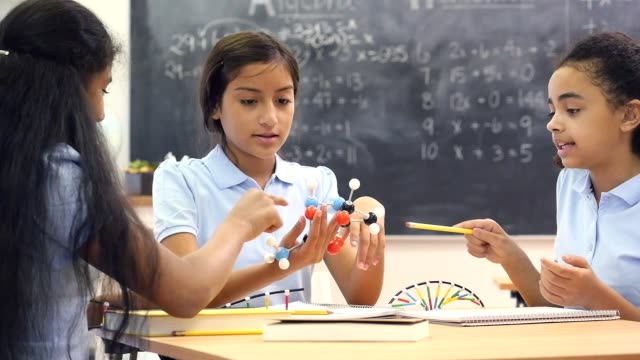
Image Source: Google
Science classes for kids play a crucial role in shaping their understanding of the world around them. By incorporating a variety of tools and techniques, educators can ignite curiosity and foster a love for learning in young minds. One way to achieve this is by broadening horizons in science classes, from using microscopes to study tiny organisms to gazing at the stars through telescopes. This approach not only makes science more engaging but also helps children explore different branches of science and develop a deeper appreciation for the natural world.
The Importance of Hands-on Learning:
Hands-on learning is essential for engaging young students in science classes. By incorporating tools like microscopes and telescopes, educators can provide children with a more interactive and immersive learning experience. Here are some key benefits of hands-on learning in science classes:
Benefits of hands-on learning:
- Engages multiple senses, making learning more impactful
- Promotes curiosity and exploration
- Helps develop critical thinking and problem-solving skills
- Encourages a deeper understanding of scientific concepts
- Allows students to make connections between theory and real-world applications
Exploring the Microscopic World:
Microscopes are valuable tools that allow students to explore the microscopic world. By studying tiny organisms and structures, children can gain a better understanding of biological processes and the complexity of living organisms. Here are some ways in which microscopes can enhance science classes for kids:
Benefits of using microscopes:
- Discovering the diversity of microorganisms
- Studying cell structures and functions
- Understanding the importance of microbiology in everyday life
- Engaging in hands-on experiments to observe microorganisms
- Developing observation and analysis skills
Stargazing with Telescopes:
Telescopes offer a unique opportunity for children to explore the wonders of the universe. By looking at celestial objects such as planets, stars, and galaxies, students can develop an interest in astronomy and space science. Here are some ways in which telescopes can enrich science classes for kids:
Benefits of using telescopes:
- Observing the moon and its craters
- Identifying constellations and learning about the night sky
- Exploring the planets in our solar system
- Studying distant galaxies and nebulae
- Engaging in stargazing activities to spark curiosity about the universe
Encouraging a Lifelong Love for Science:
By incorporating tools like microscopes and telescopes in science classes for kids, educators can inspire a lifelong love for science. These hands-on experiences not only make learning fun and engaging but also help children develop a deeper appreciation for the natural world and the wonders of the universe. Here are some ways in which educators can encourage a lifelong love for science:
Tips for fostering a love for science:
- Encourage curiosity and exploration
- Provide opportunities for hands-on learning experiences
- Connect scientific concepts to real-world applications
- Highlight the relevance of science in everyday life
- Offer access to resources like science kits, books, and educational websites
In conclusion, broadening horizons in science classes for kids by incorporating tools like microscopes and telescopes can have a lasting impact on their learning journey. By providing hands-on experiences and engaging activities, educators can ignite curiosity, foster a love for science, and inspire the next generation of scientists and explorers. So, let's continue to expand the horizons of young minds and encourage them to explore the wonders of the natural world and the mysteries of the universe through the lens of science.
